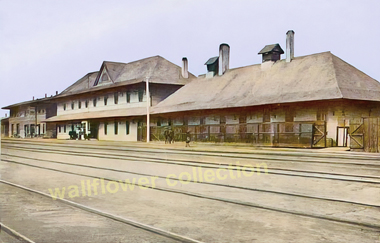--
Harvey House
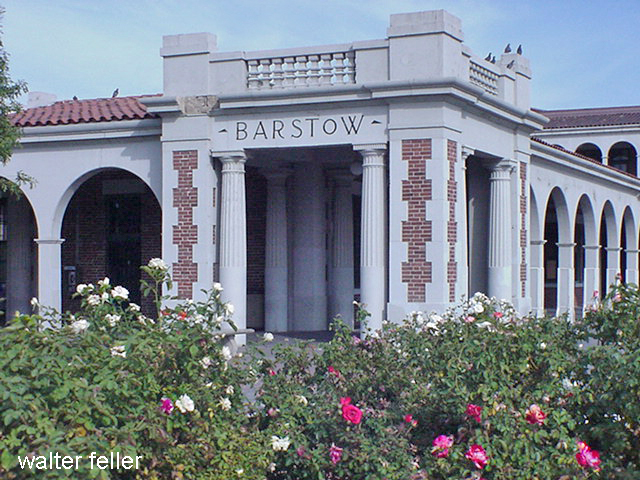
The Harvey House Railroad Depot in Barstow is one of the Fred Harvey Company hotels and restaurants, a chain described as a “the greatest civilizing influence in the West.” Fred Harvey hotels and restaurants were a unique adjunct of the Atchison, Topeka, and Santa Fe Railway that played an important role in improving the quality and service of food along the rail lines. Prior to the founding of the first Harvey House restaurant, rail passengers often had to endure poor quality food and rushed service at the few eating places available at railroad stops. The custom was to hold the train for a few minutes while passengers bolted for the nearest available fare of the day.

After a very successful venture to establish suitable eating facilities in Topeka in 1872, the Atchison, Topeka, and Santa Fe Railway developed an agreement with Fred Harvey in 1878, in which he would provide quality service and the Atchison, Topeka, and Santa Fe Railway would supply the buildings. By 1883, Fred Harvey assumed exclusive control of all meal service on the Atchison, Topeka, and Santa Fe Railway from Topeka to El Paso. Mr. Harvey’s operation functioned with an extremely high level of efficiency even sending telegrams from trains as they neared the depot. This enabled Harvey House staff to have all the facilities ready for customers as they got off the train. The Harvey Girls aided the popularity of the Harvey Houses. Recruited from eastern States, these rigorously trained waitresses served meals with precision and tact.

The early Harvey Houses were built for a maximum of utility and a minimum of capital outlay. With new management of the Atchison, Topeka, and Santa Fe Railway, however, a noticeable change took place after 1900. As a manifestation of modernism and the rise of a regional consciousness, Harvey Houses began to be designed by professional architects to reflect the historical currents and architectural styles of the Southwest. They were given names to reflect the region’s history and conjure images of the Southwest. The Harvey House in Barstow was called “Casa del Desierto” (House of the Desert).
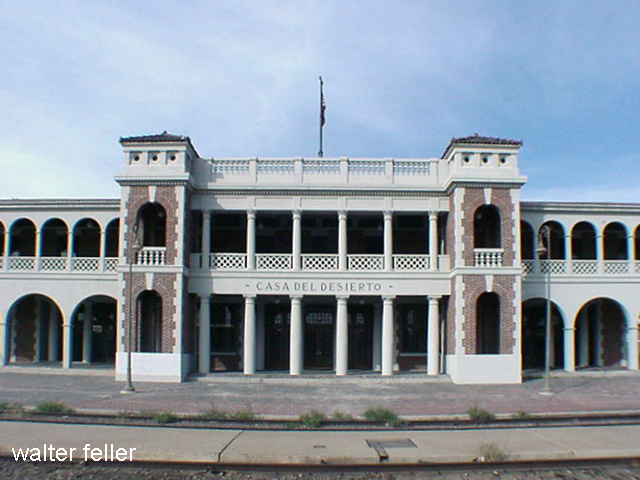
Originally constructed in 1885, the Harvey House Railroad Depot in Barstow consisted of a wooden depot, restaurant, and hotel that later burned in 1908. Designed by talented architect Mary Colter and constructed from 1910 to 1913, the present Harvey House portrays a regional sensibility in its design, a hybridization of Santa Fe 16th century Spanish and Southwest American Indian architecture. In general, this Santa Fe style is characterized by long and low buildings with horizontal façade lines and relief from roof beams, inset porches, arcades, and flanking buttresses. The Harvey House in Barstow also includes Moorish elements and motifs worked into an interesting combination of towers and archways.
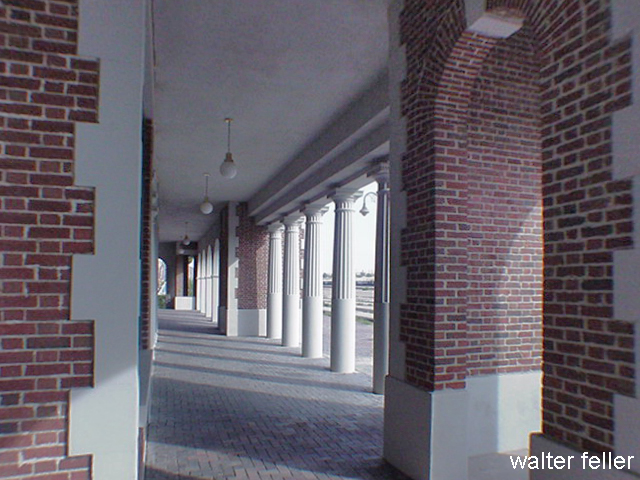
At its creation in 1926, the alignment of Route 66 ran adjacent to the Harvey House Railroad Depot. It is not coincidental that Route 66 is in close proximity to the railroad along most of its length. The railroads did extensive surveys across the country to locate the most efficient path according to the topography. Because the route the railroads chose moved through the landscape in harmony with local topography, Route 66 runs parallel to the railroad for most of its length. Today, motorists along Route 66 will find many places where the railroad tracks and interstate highway parallel each other. As airplanes cross the skies above, the layers of transportation history are visible on the earth's surface reflecting the evolution of cross-country travel in the United States.

The Harvey House Railroad Depot was listed in the National Register of Historic Places in 1975. After extensive restoration of the building, utilizing Federal Transportation Enhancement Funds and local contributions, the Route 66 Mother Road Museum opened its doors in the depot in 2000. The museum displays a collection of historic photographs and artifacts related to Route 66 and the Mojave Desert communities.
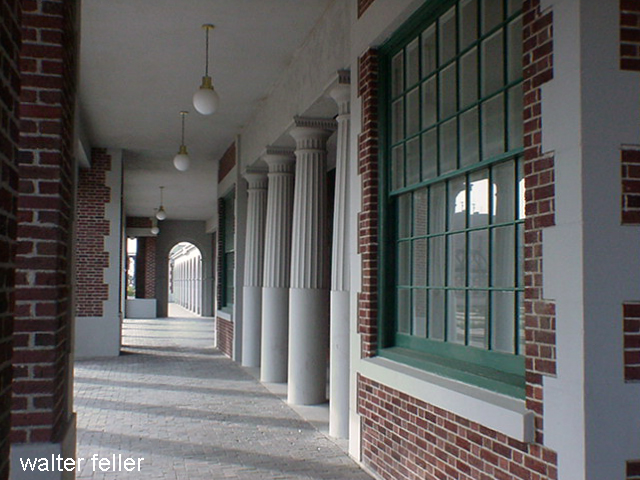
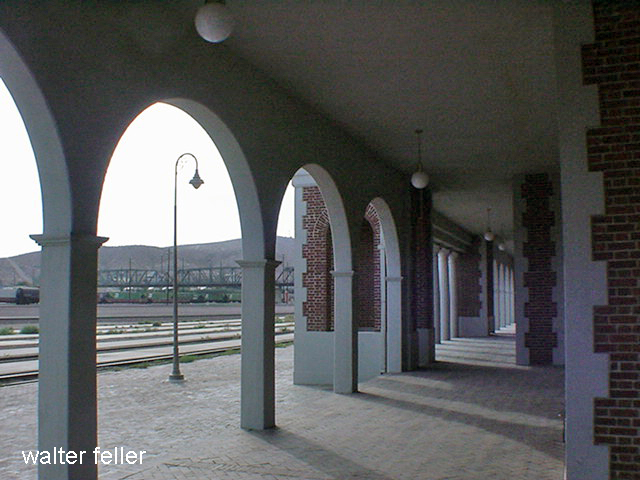
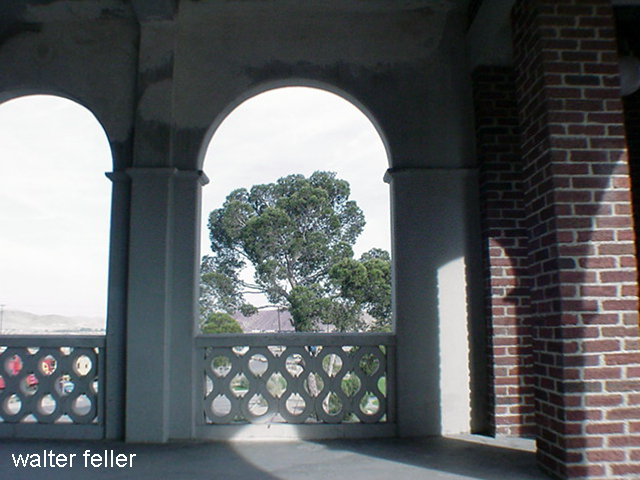
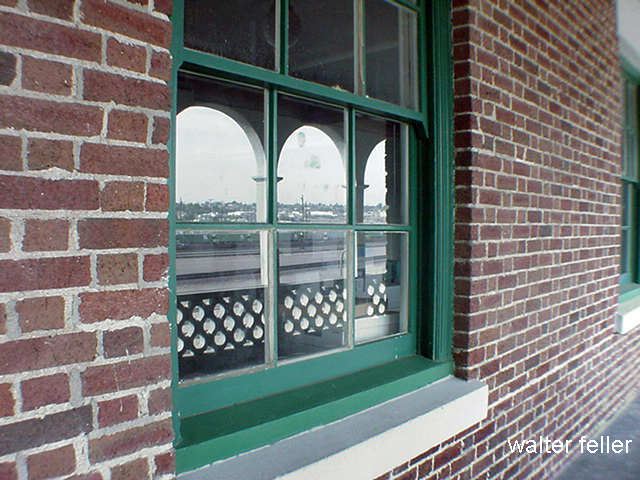
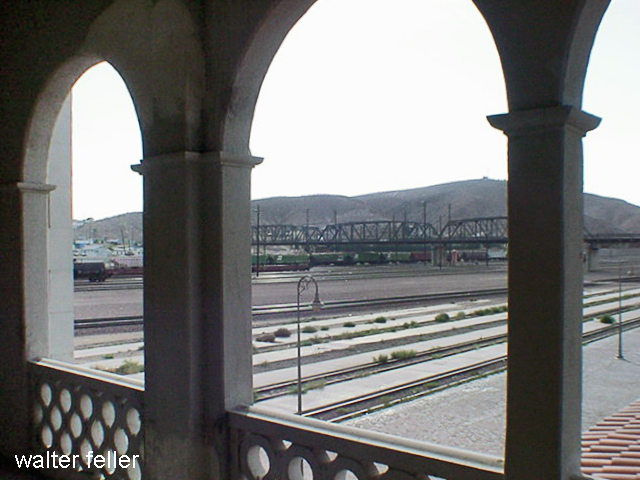
source - NPS
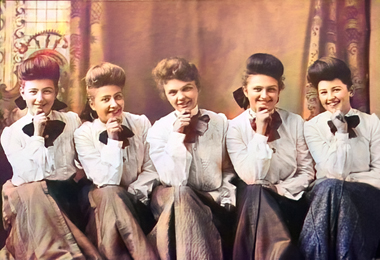
The Harvey Girls
